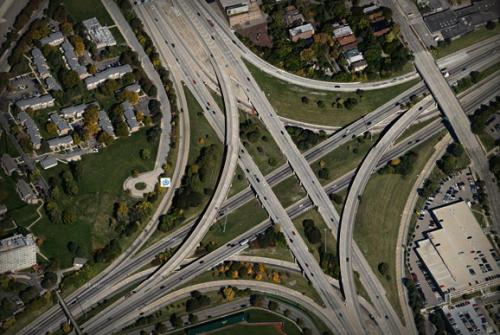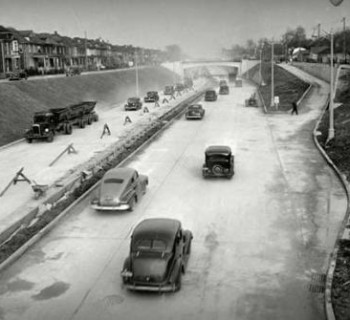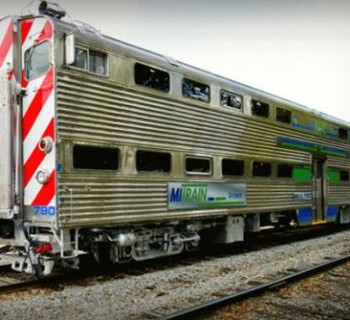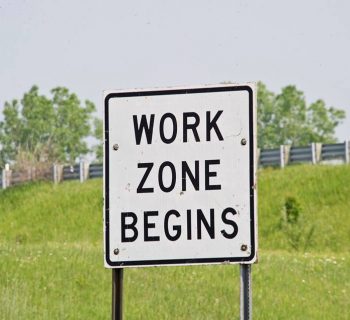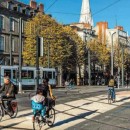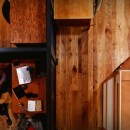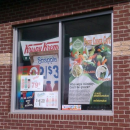Dear Mr. Morosi,
Last month during a visit to my family in Michigan, I stood on RiverWalk overlooking the Detroit River. I don’t recall ever seeing the river up close and was delighted by how blue and crisp it was, much like the Great Lakes system it feeds into. After years of living in Washington DC, I’m used to the brackish brown color of the Potomac River. Don’t get me wrong. I love the Potomac River: the majesty of Great Falls National Park, kayaking under the historic Key Bridge, the forests that line its shores.
But when I look into the Detroit River, or walk the rolling dunes of Lake Michigan, or search for Petoskey stones with my nieces and nephew on the beaches of Lake Huron, I feel such an ache for the unique beauty of this state. The designation “pure” is appropriate. Despite the pollution I know is there, despite the invasive muscles and carp and shrinking water levels, “pure” is the precise word that comes to mind when I look at the horizon and see blue glacial lake meeting a blue sky. There is no place like this on earth.
My feelings toward Michigan’s built environment are another thing entirely.
When I was a kid, I didn’t know that the way American cities -- and particularly cities in Southeast Michigan -- were designed was unusual from a global perspective. It seemed self-evident that the only way to get around was by car.
But when I visited Ireland in 2003, I was surprised to discover that many of the Irish 20-somethings I met had never gotten a drivers license. Their compact cities didn’t require it. Years later, I envied the Japanese and Germans their beautiful, widely used, and efficient public transit systems: the yellow trams quietly criss-crossing Berlin, the humming bullet train from Nagoya to Kyoto. And then I saw incredible videos of rush hour bike traffic in Copenhagen and learned that 63% of the Danish Parliament gets to work by bike every day.
The US was supposed to be such a rich country. Why didn't we have this stuff?
I later learned that some US cities did in fact, have this stuff (sans bullet train): Boston, Philadelphia, Seattle, San Francisco, etc. They all had rail and bus networks that put my home state to shame.
When I moved to Washington DC in 2012, I sold my car and joined the 37% of DC residents who get around solely by Metro, buses, bikes and walking. Within the next year, we’ll also have a new streetcar, a new Metro line and bikeshare stations extending to more cities (the system just celebrated 5 million rides). Despite the explosive growth of the DC’s population, its car count has remained relatively steady because of the many options we have to get around. Metro DC certainly has its own well-known transportation problems, but it's undeniably easier to live here without a car.
In light of this, my twice-yearly family visits to Michigan always frustrate me. I can’t see my friends in Canton or Ann Arbor without borrowing a car from my busy parents. I can’t walk to the grocery store or bike safely to the nearest rail-trail. There is no pedestrian traffic to enliven the center of my hometown. There is no center of my hometown. The many lakes scattered about Waterford provide some semblance of public space, but that’s only by nature’s fortuitous accident. Thoughtless sprawl has left huge blemishes like the empty Summit Place Mall in Pontiac on our landscape.
Having been spoiled by transportation options in other places, it seems so obvious to me where Michigan should be putting its resources: into a robust rail and bus system that would seamlessly connect Detroit and its suburbs, zoning laws that encourage mixed-use, infill & pedestrian friendly development, traffic calming measures, and green infrastructure.
SEMCOG echoes these observations in their 2040 Regional Transportation Plan:
“One of the guiding principles of the Plan is that transit service in the region must be significantly improved in order to attract the same levels of ridership that exists in thriving metropolitan areas across the country. There are several reasons for this principle including: the need to attract and retain young professionals, the need to connect people to jobs, and the need to address the challenges presented by a rapidly increasing elderly population.”
I’m happy to see that SEMCOG is making some inroads here with M1 and the Detroit-Ann Arbor commuter rail. But when the same agency approves a $4 billion dollar highway-widening project for I-94 and I-75, I question their commitment to such a vision.
I hear MDOT leadership saying that “expansion” is a mischaracterization of the project. If that’s the case, why are lanes being added to these highways? Michigan’s population, jobs and vehicle miles driven have all fallen over the last decade and multiple studies have shown that widening roads does not ease congestion.
What will the price of gas be in 5, 10, 20 years? At what point will driving become a financially crippling choice? For 25% of Detroiters, it already is: they don’t own cars despite the poor service provided by the region’s bus system. Energy prices are sure to rise in the years ahead. Our current system isn’t designed for this unavoidable scenario, and yet MDOT and SEMCOG continue to spend precious resources propping it up.
SEMCOG has pointed out that Metro Detroit ranks 22nd out of 25 metro areas in terms of transit operating funds and 23rd in transit service. Now that we have a regional transit authority, we have a great opportunity to re-define our future.
As a Millennial and an expat from Southeast Michigan, I want to add my voice to the scores of residents who have already movingly expressed their opposition to the I-95 and I-75 projects. This region is in desperate need of a new transportation paradigm, one that matches the vibrancy of its people and natural resources, and these highway projects will only delay that vision, at great social and financial cost. Please reconsider going ahead with this development.
Sincerely,
Erica Flock
Washington, DC (Formerly Waterford, MI)


